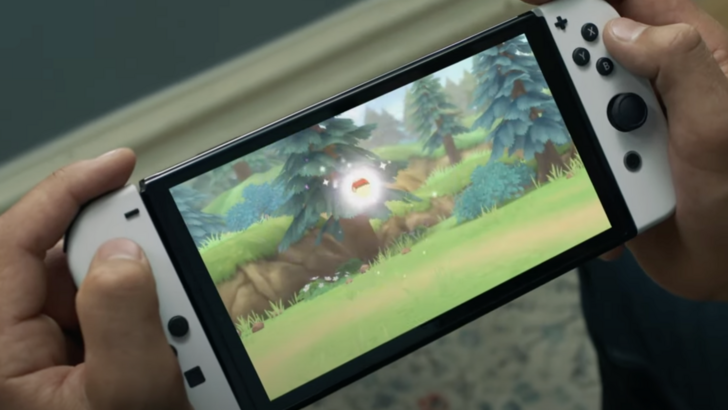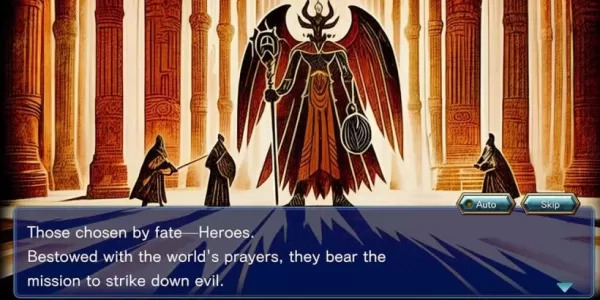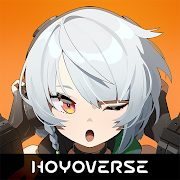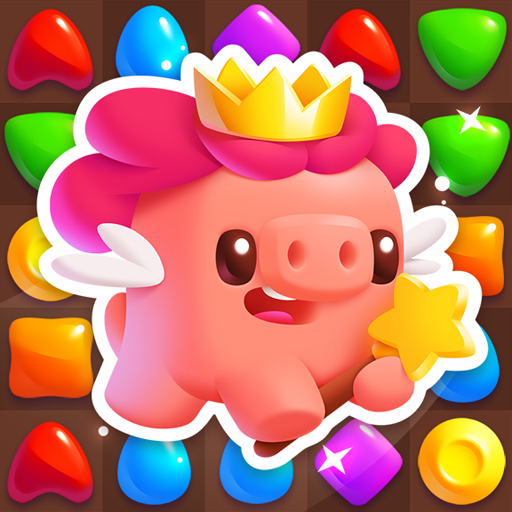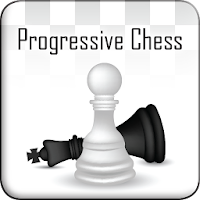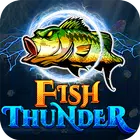The Most Terrifying Silent Hill Creatures and Their Symbolism
Unlike typical survival horror games that focus on external threats, the *Silent Hill* series delves into the protagonists' inner psyches, manifesting their personal fears and traumas through the town's supernatural influence. This psychological depth sets it apart within the genre.
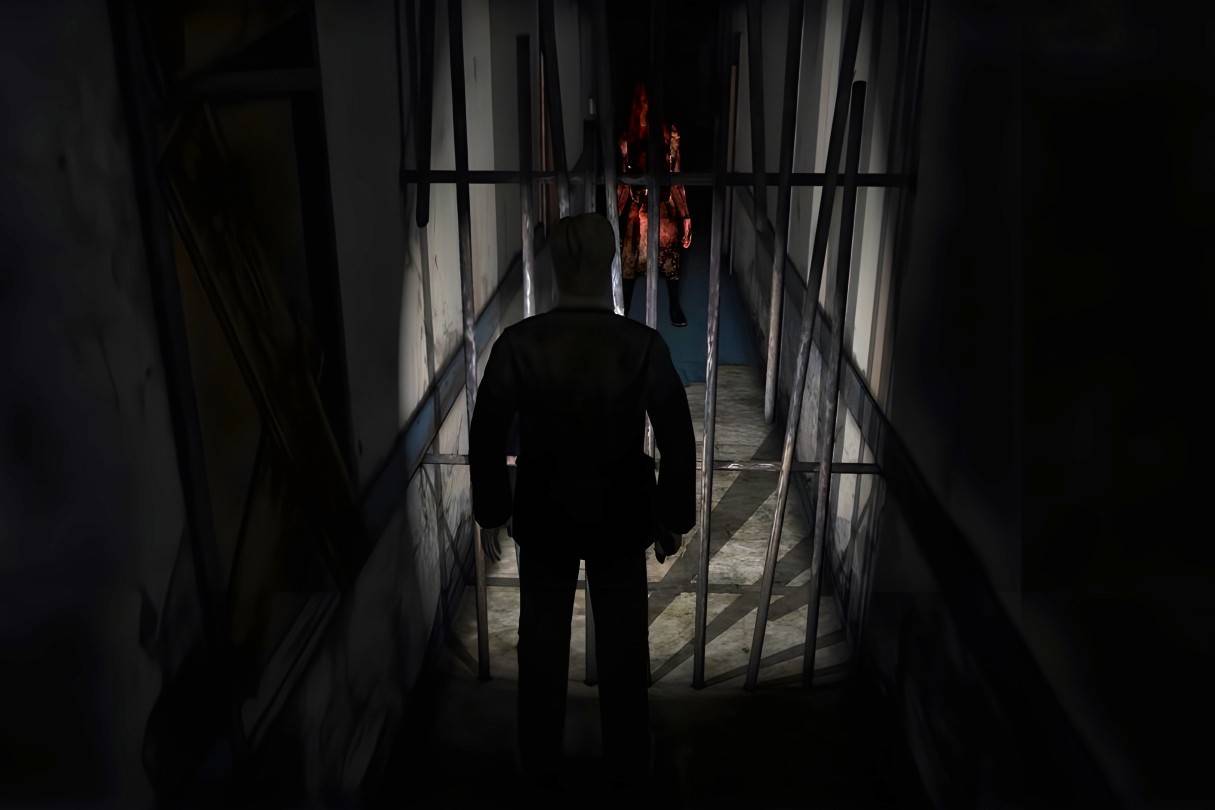 Image: ensigame.com
Image: ensigame.com
The series' heavy use of symbolism and complex narratives can be challenging to fully grasp, but creators have cleverly embedded clues throughout the games to aid interpretation. This article explores the meanings behind these iconic creatures. **Spoiler alert:** Proceed with caution if you haven't played the games!
Table of Contents
- Pyramid Head
- Mannequin
- Flesh Lip
- Lying Figure
- Valtiel
- Mandarin
- Glutton
- Closer
- Insane Cancer
- Grey Children
- Mumblers
- Twin Victims
- Butcher
- Caliban
- Bubble Head Nurse
Pyramid Head
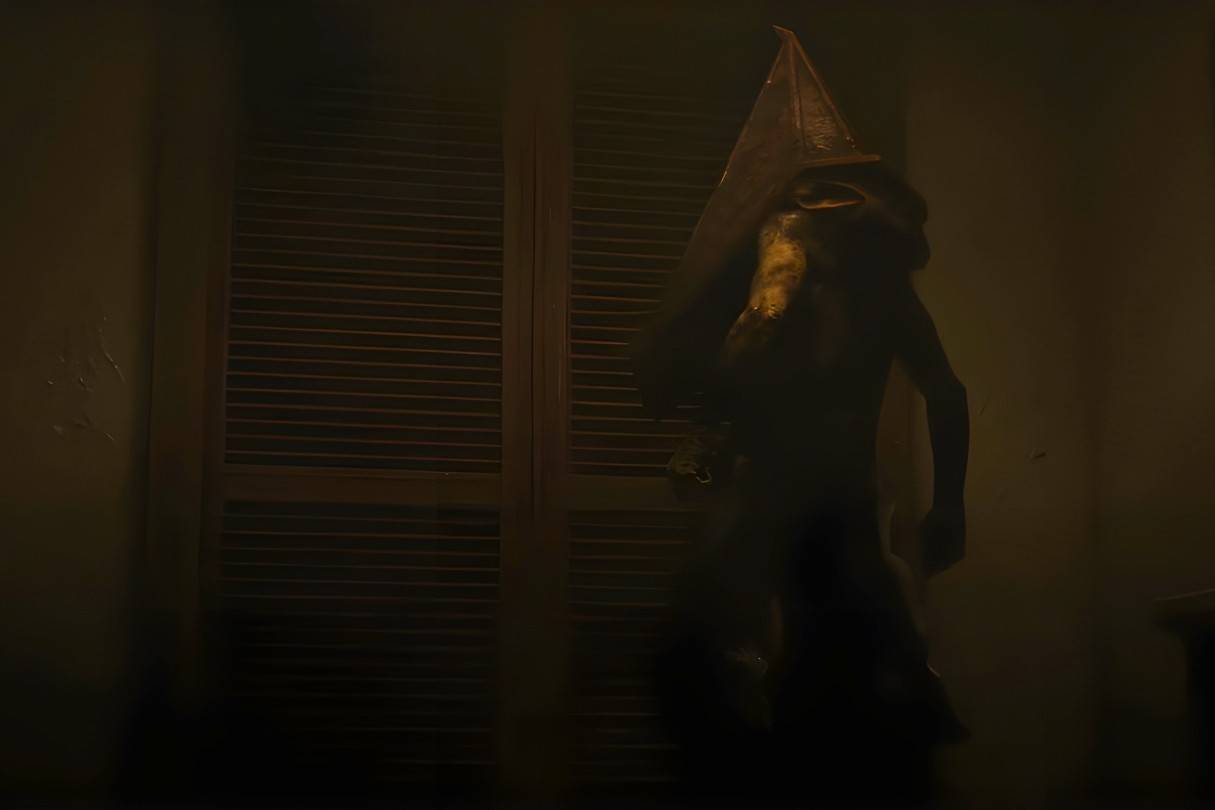 Image: ensigame.com
Image: ensigame.com
First appearing in *Silent Hill 2* (2001), Pyramid Head is a manifestation of protagonist James Sunderland's guilt and inner torment. Designed by Masahiro Ito, the character's distinctive hand structure was influenced by PS2 hardware limitations, reducing polygon count while maintaining expressive movement. Described by Takayoshi Sato as a "distorted memory of the executioners," Pyramid Head represents Silent Hill's dark history of capital punishment, serving as both James' punisher and a reflection of his subconscious desire for retribution.
Mannequin
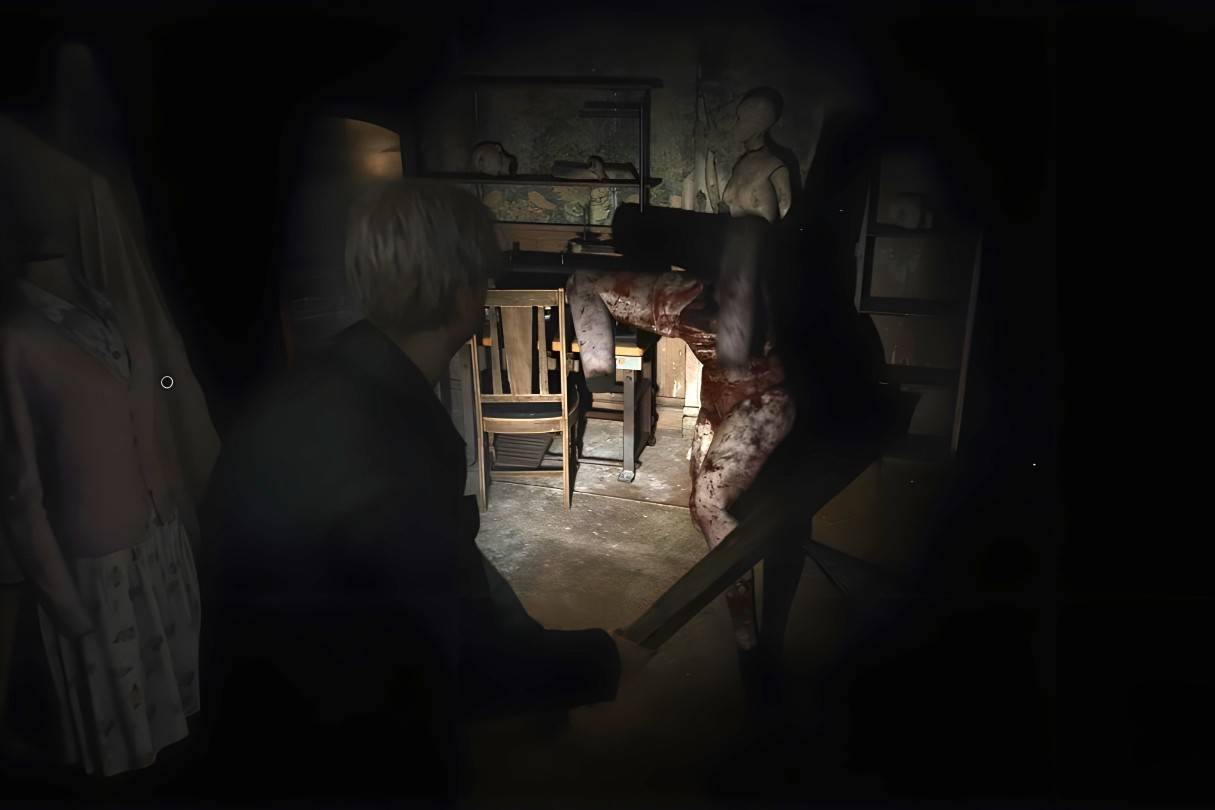 Image: ensigame.com
Image: ensigame.com
Introduced in *Silent Hill 2* (2001), the Mannequins are among nine manifestations of James Sunderland's subconscious, represented by the nine red squares. Their design, by Masahiro Ito, draws inspiration from Japanese folklore. These creatures reflect James' repressed memories of his wife's illness; their leg braces resemble Mary's orthotic devices, and the tubes on their bodies evoke hospital imagery. Influenced by Freud's psychoanalytic theories, the Mannequins embody James' urges and guilt.
Flesh Lip
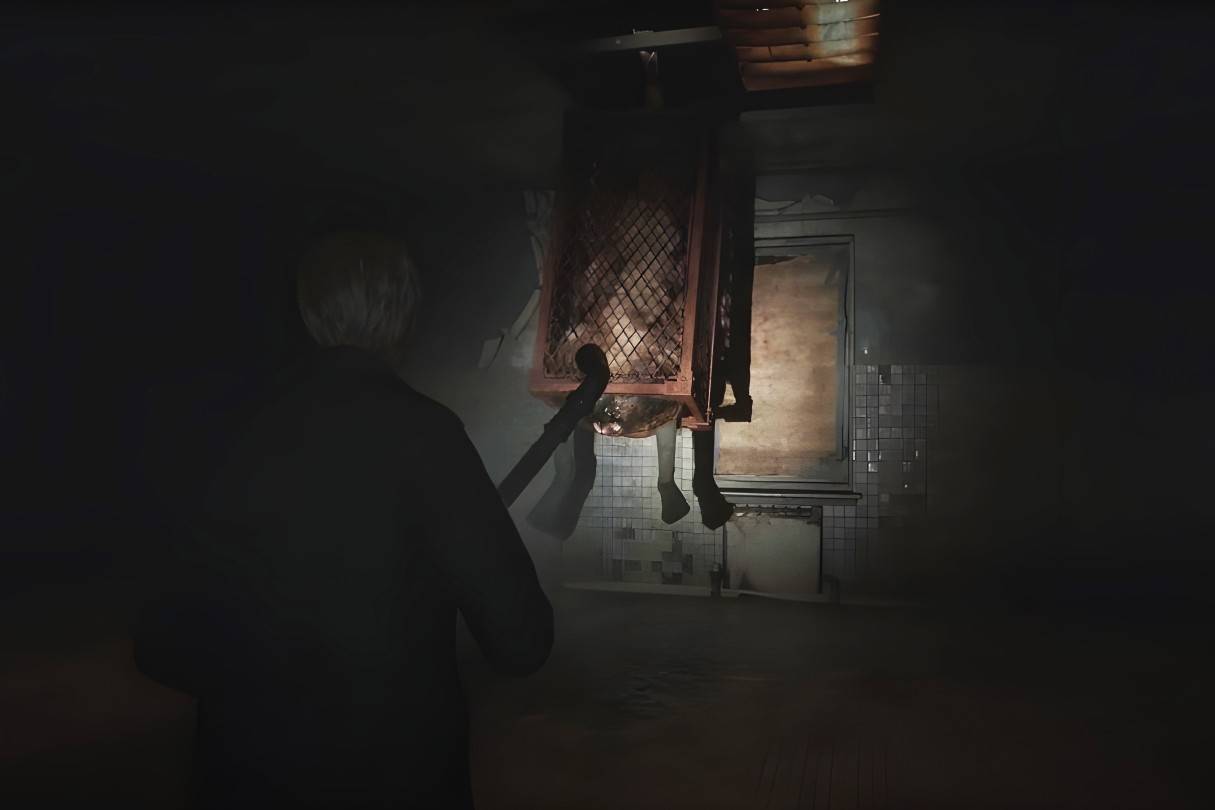 Image: ensigame.com
Image: ensigame.com
Debuting in *Silent Hill 2* (2001), Flesh Lip is another manifestation of James Sunderland's subconscious, its design inspired by Isamu Noguchi's *Death (Lynched Figure)* and Joel-Peter Witkin's *Man with No Legs*. It later appeared in *Silent Hill: Book of Memories* (2012) and other adaptations. This creature represents James' memory of Mary in her sickbed; its hanging form, bound to a metal lattice, resembles a hospital bed, while its raw, damaged flesh echoes Mary's illness. The mouth on its abdomen symbolizes her verbal abuse during her final days. Notably, *Silent Hill 2* introduces creatures with mouths only after Flesh Lip appears, reinforcing the theme of James confronting painful memories.
Lying Figure
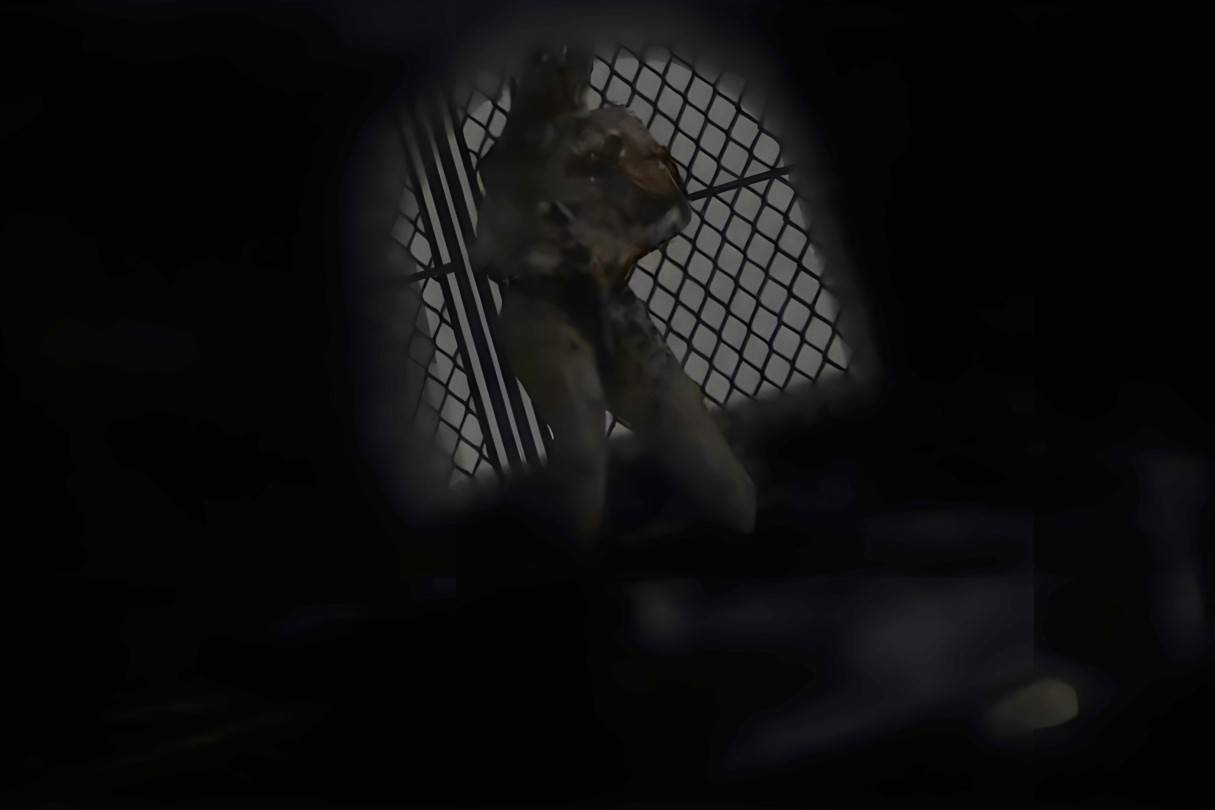 Image: ensigame.com
Image: ensigame.com
The Lying Figures, first encountered in *Silent Hill 2* (2001), also appeared in films, comics, and the game's remake. They embody James' repressed guilt and memories of Mary's suffering. Their twisted, writhing bodies resemble hospital patients in agony, while their upper torsos resemble body bags, symbolizing death. The name "Lying Figure" refers to both Mary's sickbed and corpse.
Valtiel
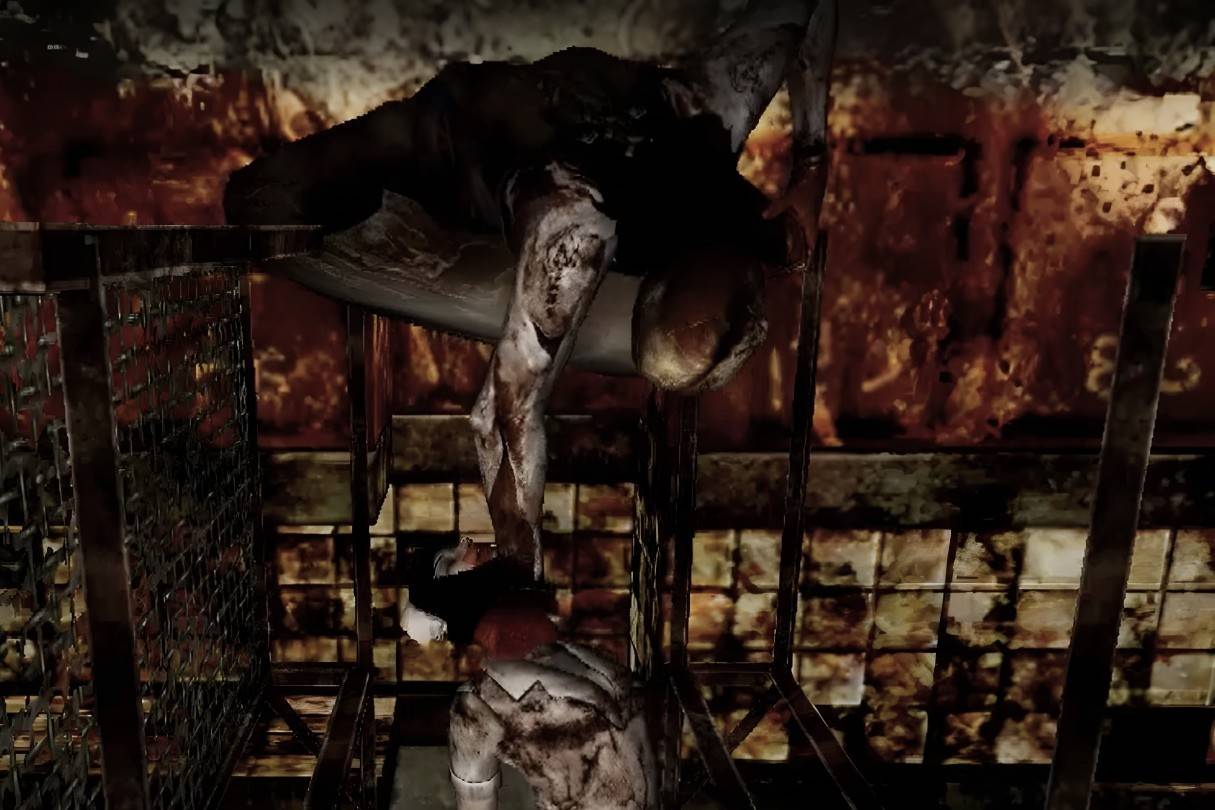 Image: ensigame.com
Image: ensigame.com
Valtiel, introduced in *Silent Hill 3* (2003), is a mysterious figure tied to the town's cult, the Order. His name combines "valet" (French for "attendant") with the angelic suffix "-el," meaning "Attendant of God." Unlike most creatures, Valtiel isn't a subconscious manifestation but an independent being serving God. His masked, robed form resembles a surgeon, reinforcing his role as a midwife overseeing Heather's transformation into the "mother" of God.
Mandarin
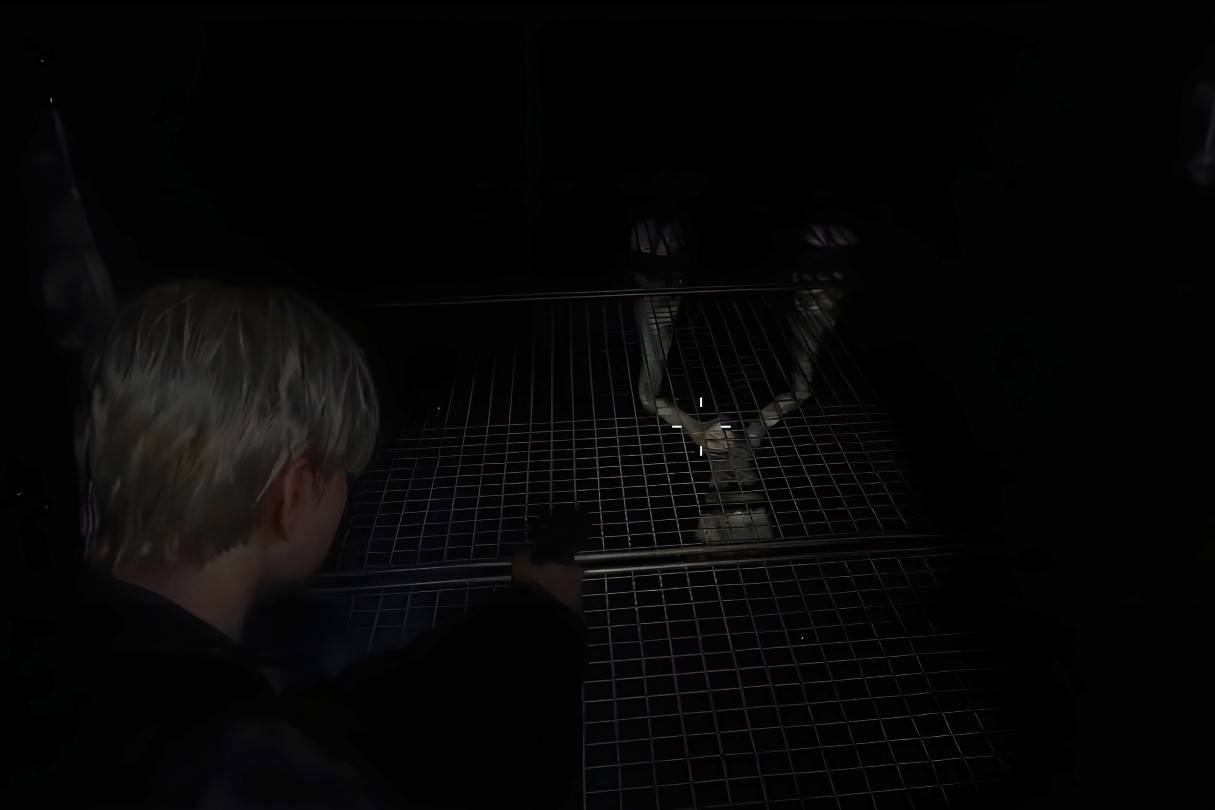 Image: ensigame.com
Image: ensigame.com
The Mandarins, found in *Silent Hill 2* (2001), are grotesque creatures lurking in the Otherworld. Suspended beneath metal grates, they attack James with tentacle-like appendages. These creatures embody James' anguish and memories of Mary's suffering. Their orifice-like mouths align with *Silent Hill 2*'s recurring "mouth" motif, symbolizing Mary's inner turmoil and anger. Confined below ground, they reflect James' subconscious desire to escape his guilt and pain.
Glutton
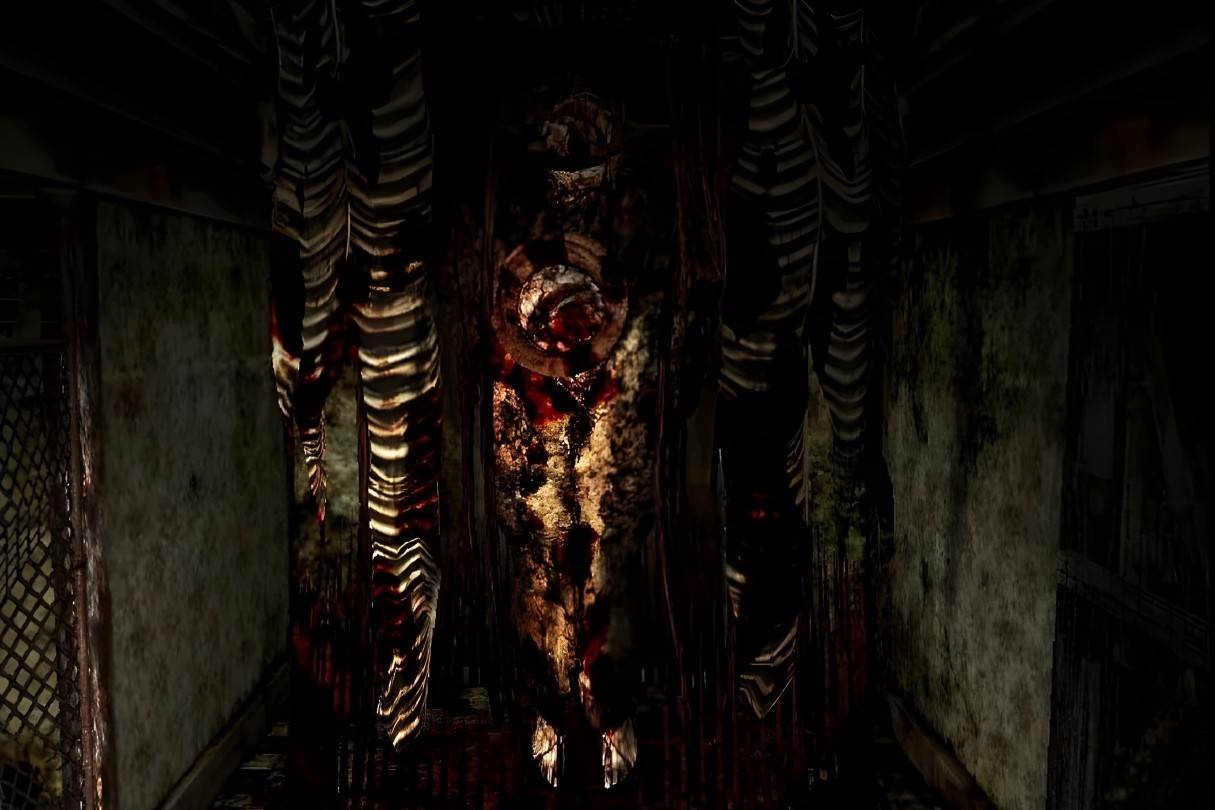 Image: ensigame.com
Image: ensigame.com
The Glutton, appearing in *Silent Hill 3* (2003), is a massive, immobile creature blocking Heather Mason's path. Though it poses no direct threat, it serves as a major obstacle. Referenced in *Lost Memories: Silent Hill Chronicle*, the Glutton is linked to the fairytale *Tu Fui, Ego Eris*, symbolizing helplessness in the face of fate, mirroring Heather's struggle. The story's resurrected priestess parallels Heather, who, as Alessa Gillespie's reincarnation, returns to confront her past.
Closer
 Image: ensigame.com
Image: ensigame.com
The Closer, first encountered in *Silent Hill 3* (2003), is the first monster Heather faces outside her dream. A towering figure with thick, stitched arms and twitching lips, it attacks with hidden blade-like protrusions. *Lost Memories: Silent Hill Chronicle* states its name refers to its ability to block paths.
Insane Cancer
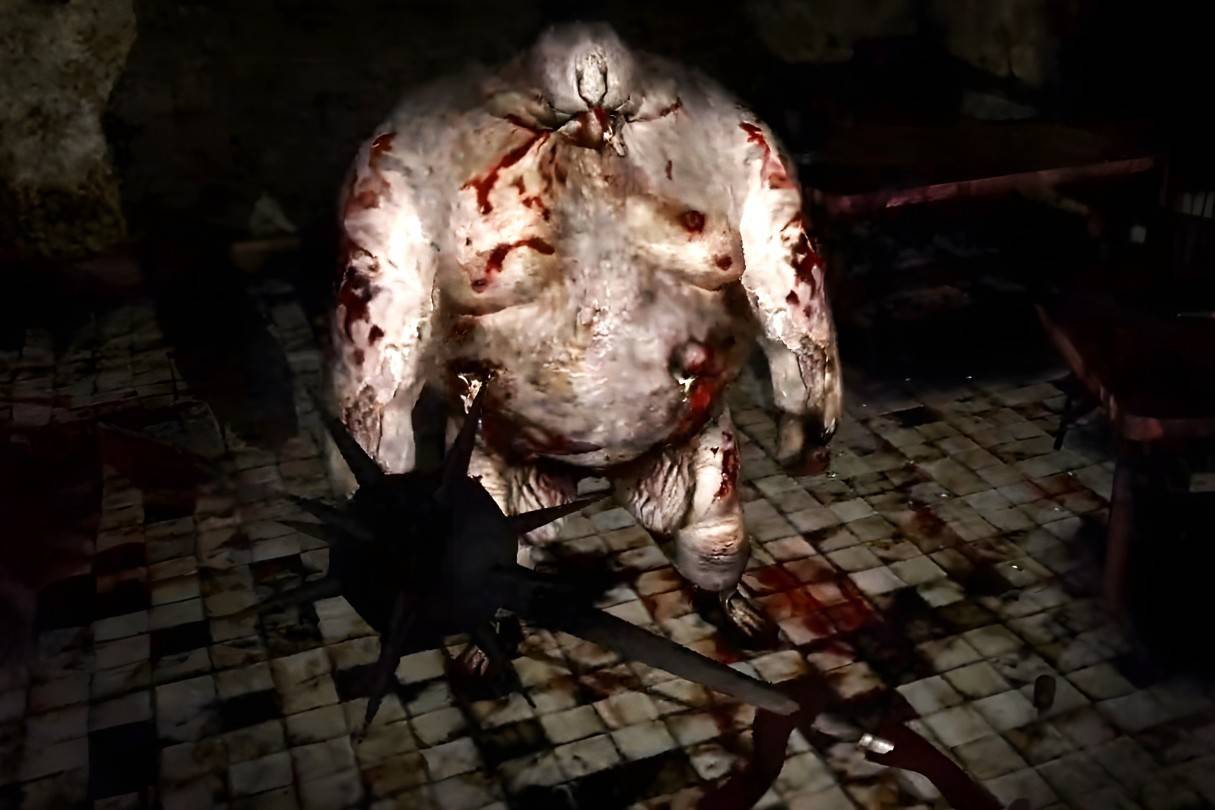 Image: ensigame.com
Image: ensigame.com
The Insane Cancer, from *Silent Hill 3* (2003), is encountered sleeping in Hazel Street Station. Described in *The Book of Lost Memories* as a "cancer running wild," its grotesque, tumor-like form reflects disease and corruption. It may symbolize Silent Hill's spreading evil or Alessa Gillespie's lingering self-loathing.
Grey Children
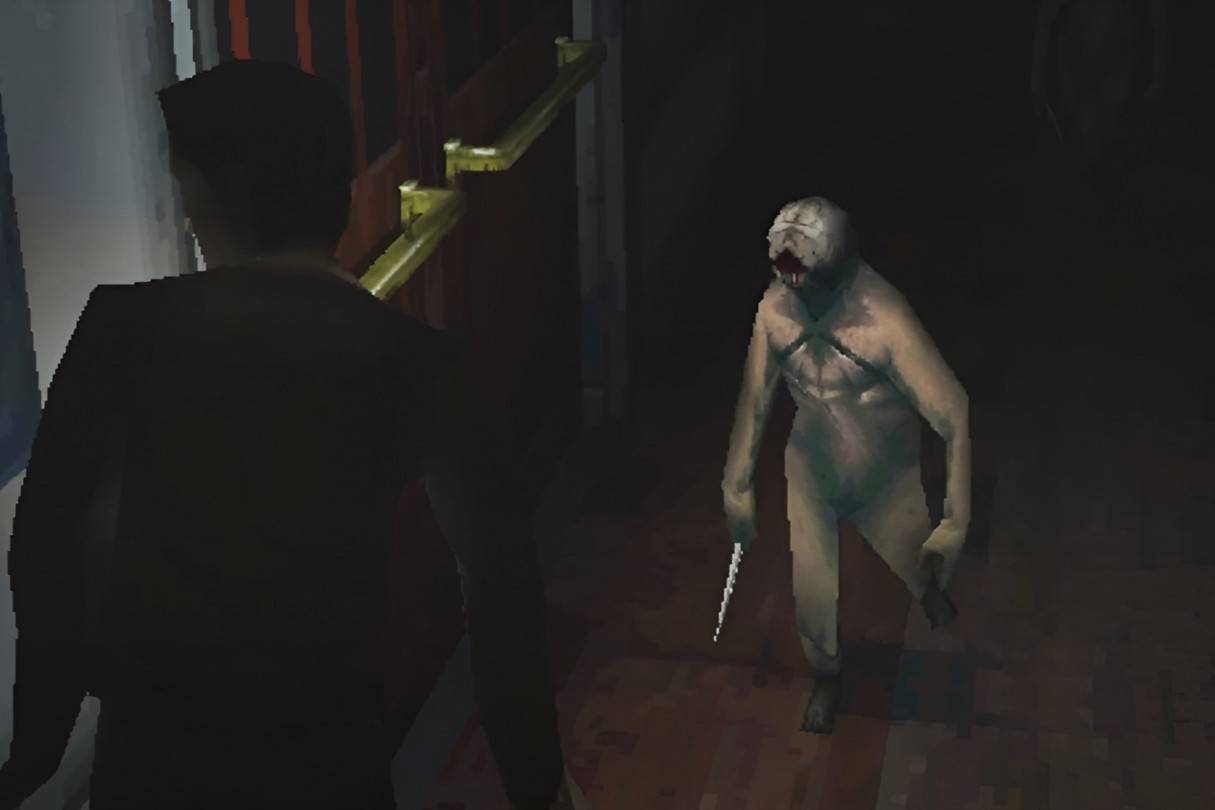 Image: ensigame.com
Image: ensigame.com
The Grey Children (or Demon Children), appearing in *Silent Hill* (1999), are the first creatures Harry Mason encounters. Manifested from Alessa Gillespie's trauma, they represent her bullying classmates, trapped in an eternal childhood, suffering the same torment Alessa endured.
Mumblers
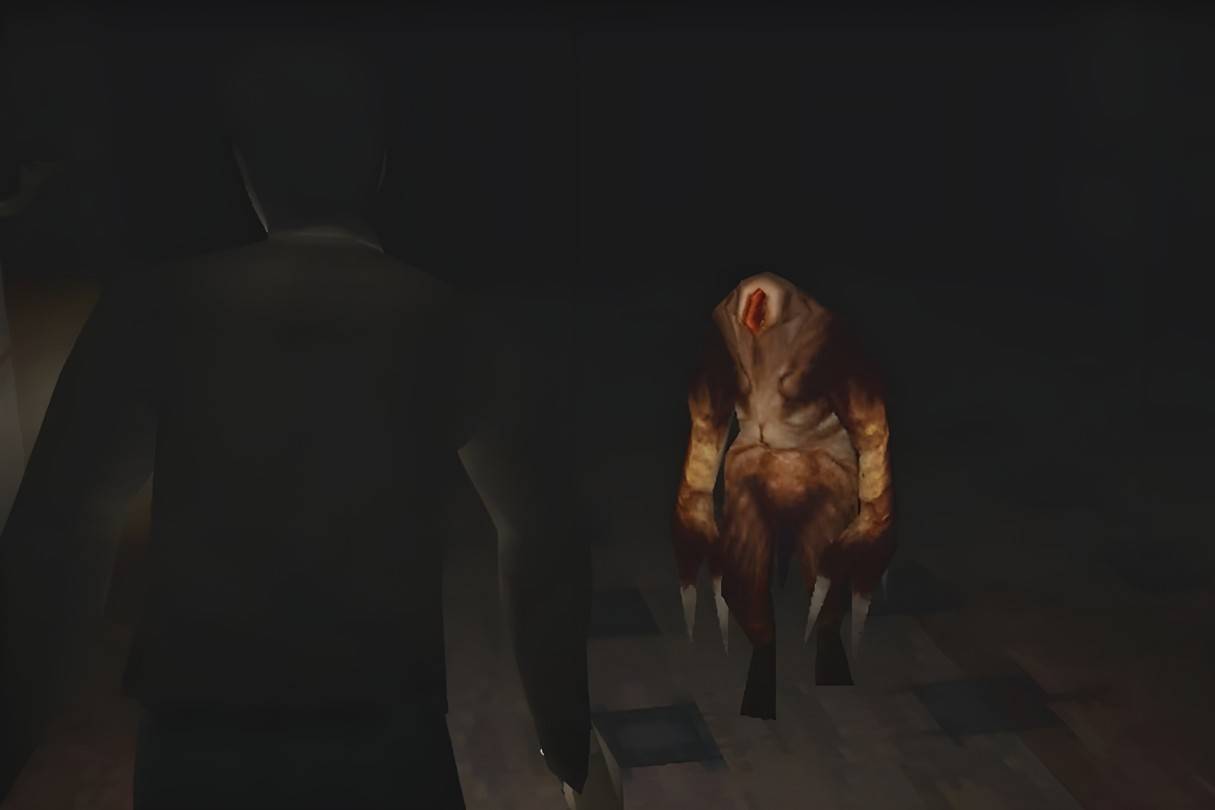 Image: ensigame.com
Image: ensigame.com
Mumblers, from *Silent Hill* (1999), are small, grotesque creatures that react aggressively to light. These monsters embody a dark reinterpretation of menacing animals and demons from fairy tales that Alessa Gillespie read as a child, reflecting her fears and distorted imagination.
Twin Victims
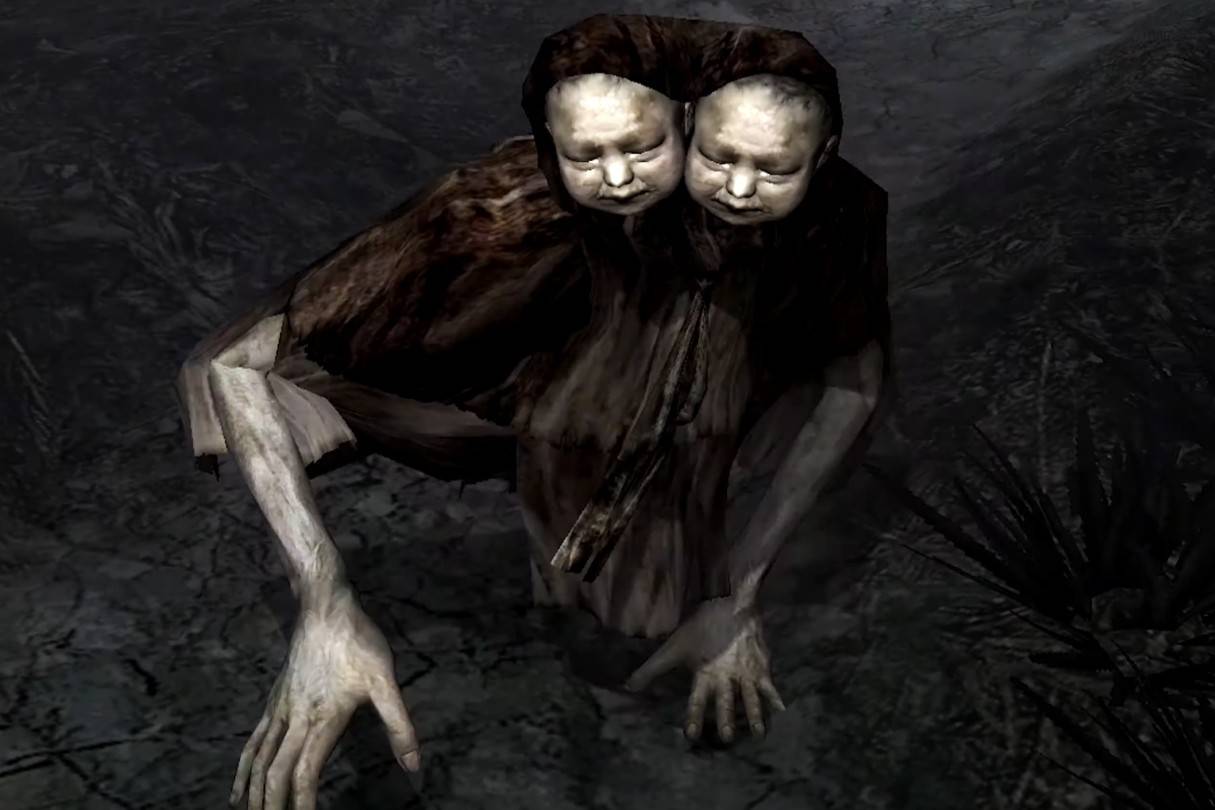 Image: ensigame.com
Image: ensigame.com
Also known as Doublehead, Twin Victims appear in *Silent Hill 4: The Room*, representing Walter Sullivan's seventh and eighth victims, twins Billy and Miriam Locane. Their conjoined nature may symbolize Walter's obsessive attachment to his mother, reflecting the game's theme of distorted familial bonds.
Butcher
 Image: ensigame.com
Image: ensigame.com
The Butcher, a major antagonist in *Silent Hill: Origins*, also appears in *Silent Hill: Book of Memories*. Representing cruelty and sacrifice, the Butcher reflects the Order's brutal rituals and Travis Grady's inner rage.
Caliban
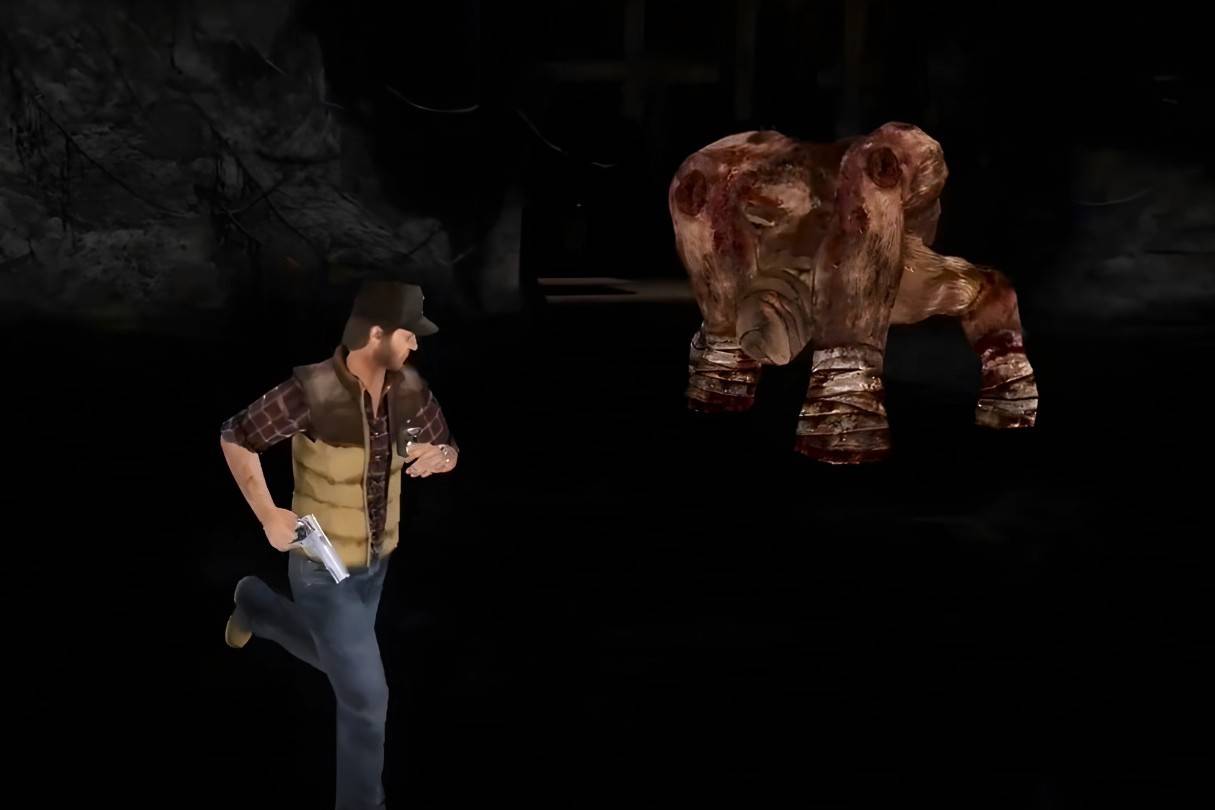 Image: ensigame.com
Image: ensigame.com
Caliban, from *Silent Hill: Origins*, takes its name from Shakespeare's *The Tempest*, referencing a monstrous figure that frightened Alessa. The monster's design and presence symbolize Alessa's fears.
Bubble Head Nurse
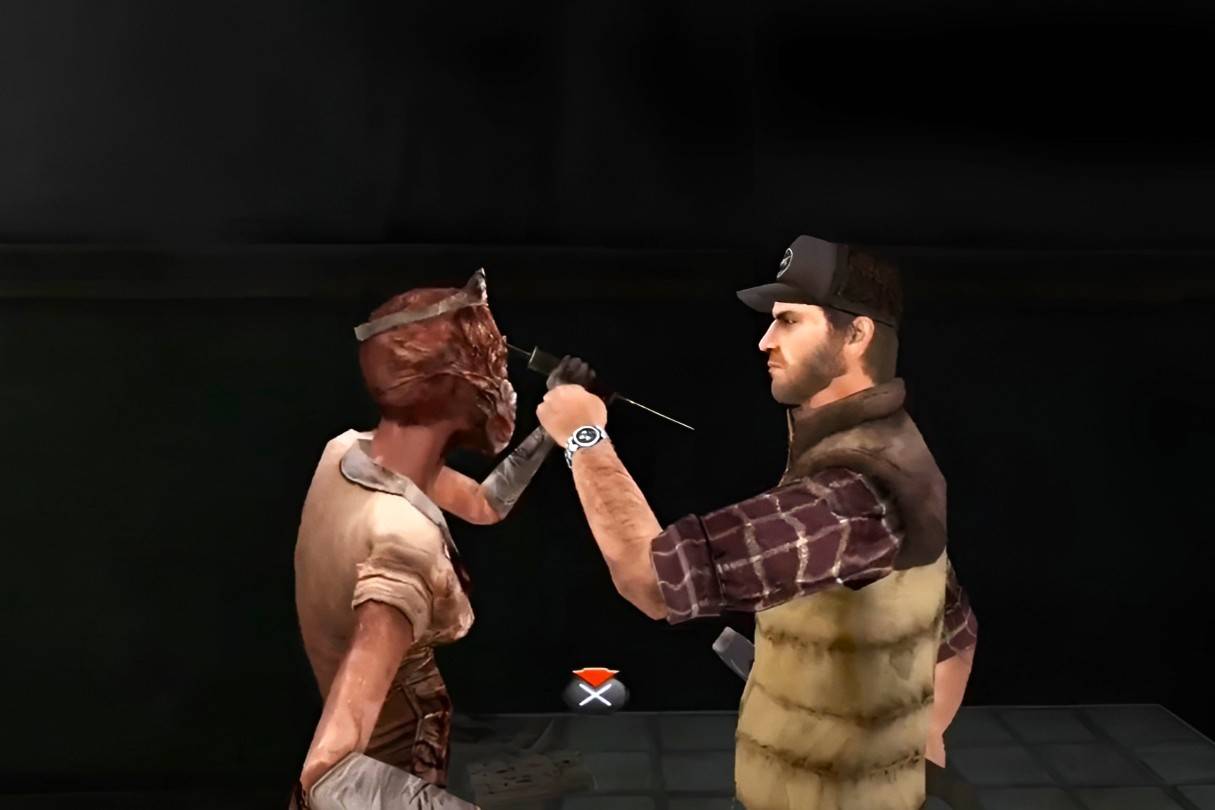 Image: ensigame.com
Image: ensigame.com
The Bubble Head Nurse, appearing in *Silent Hill 2*, manifests James Sunderland's subconscious, symbolizing his guilt and repressed desires. Their swollen, twitching heads, wrapped in liquid-filled masks, represent Mary's illness and suffocation.
The monsters of Silent Hill serve as more than just enemies—they are psychological manifestations of fear, guilt, trauma, and repressed emotions. Each creature embodies unique symbolism, deeply tied to the protagonist's subconscious struggles and the town's dark influence. Their haunting presence reinforces the series' signature blend of psychological horror, making it a masterpiece of unsettling storytelling and deep symbolism.
-
1
![Roblox Forsaken Characters Tier List [UPDATED] (2025)](https://imgs.ksjha.com/uploads/18/17380116246797f3e8a8a39.jpg)
Roblox Forsaken Characters Tier List [UPDATED] (2025)
Mar 17,2025
-
2
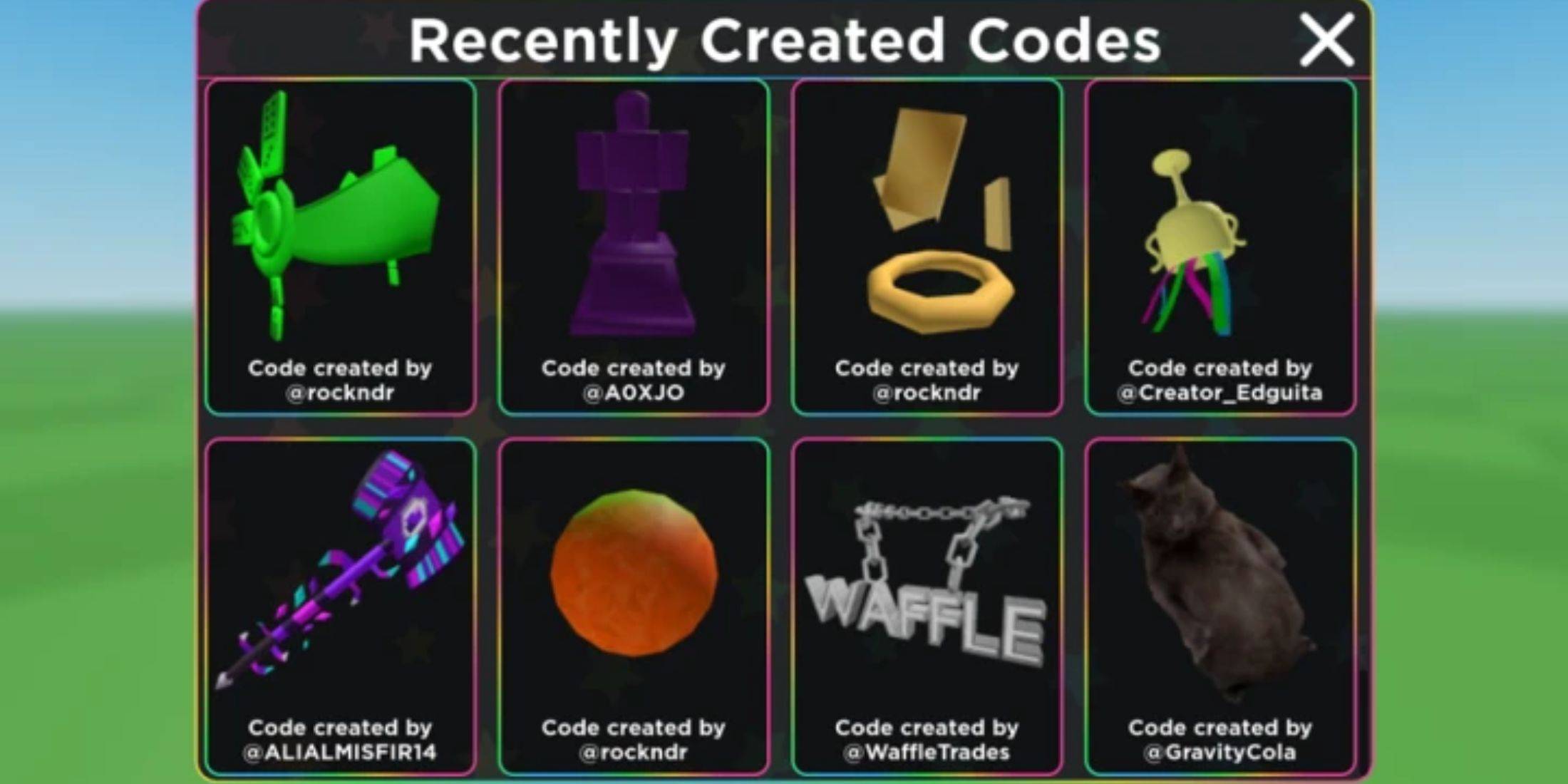
Roblox UGC Limited Codes Unveiled for January 2025
Jan 06,2025
-
3
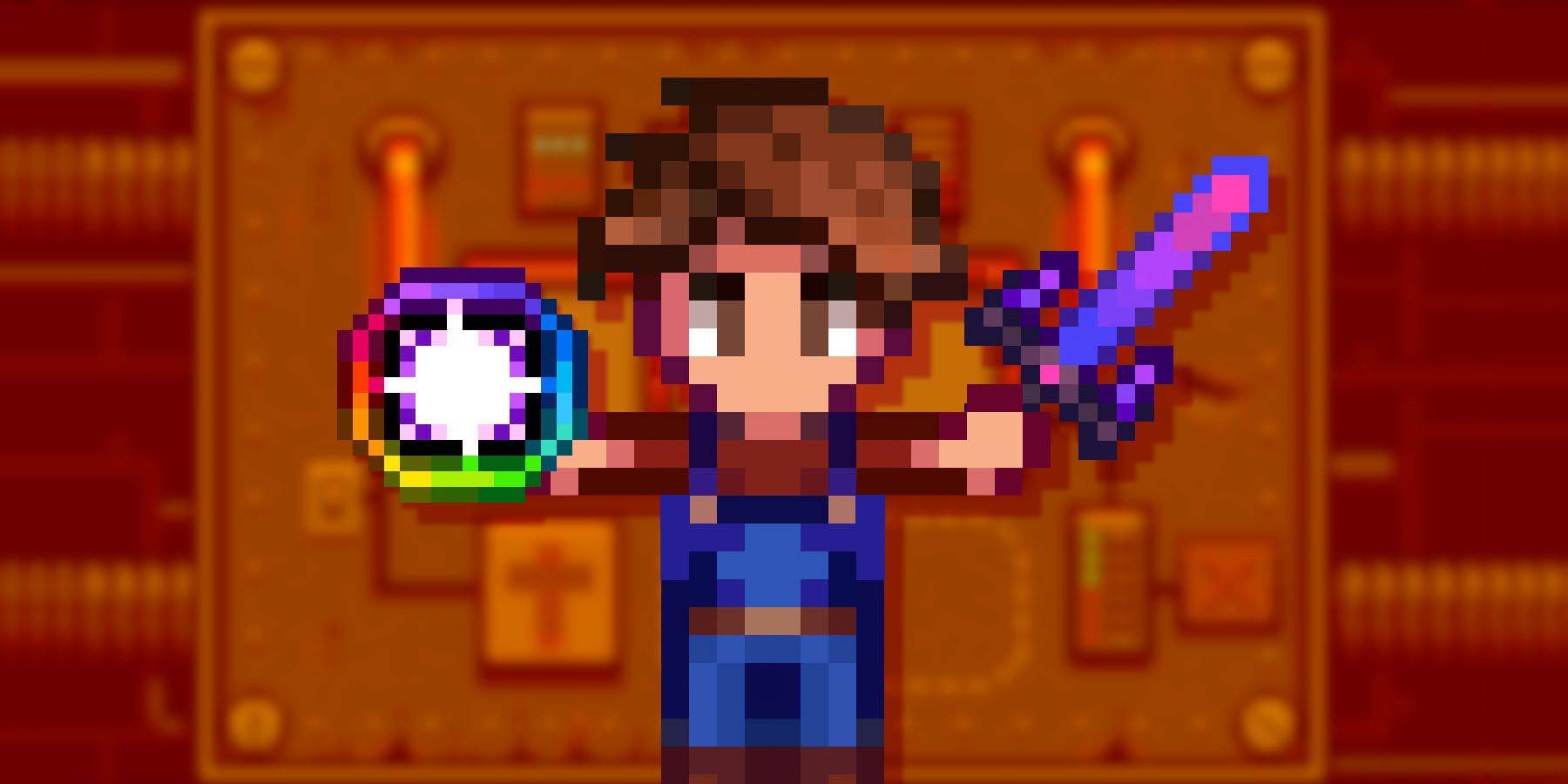
Stardew Valley: A Complete Guide To Enchantments & Weapon Forging
Jan 07,2025
-
4

Pokémon TCG Pocket: Troubleshooting Error 102 Resolved
Jan 08,2025
-
5
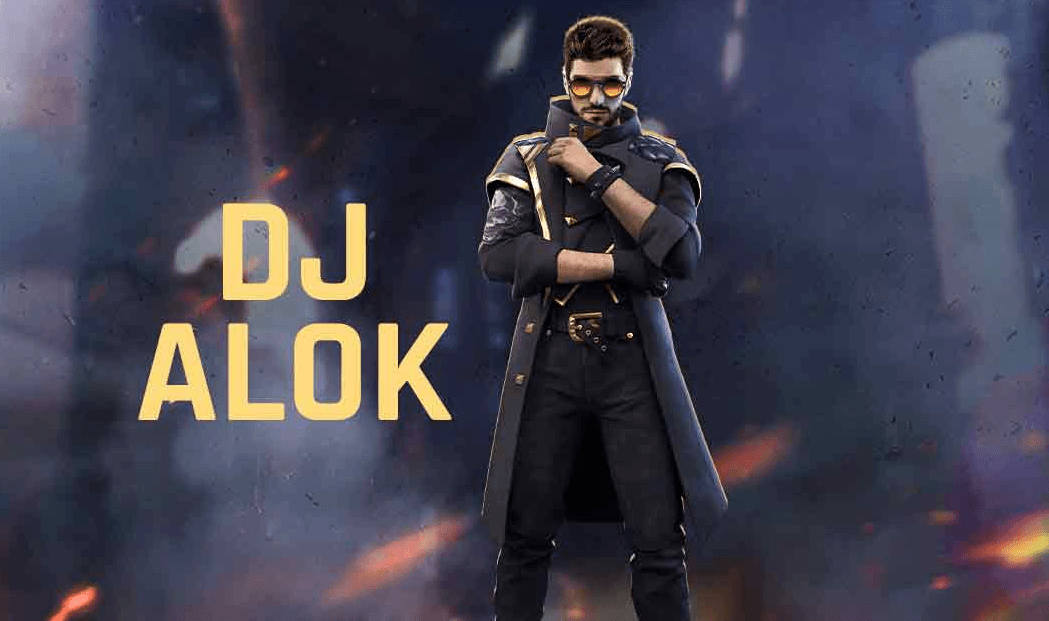
Free Fire Characters 2025: Ultimate Guide
Feb 20,2025
-
6

Blood Strike - All Working Redeem Codes January 2025
Jan 08,2025
-
7

Blue Archive Unveils Cyber New Year March Event
Dec 19,2024
-
8
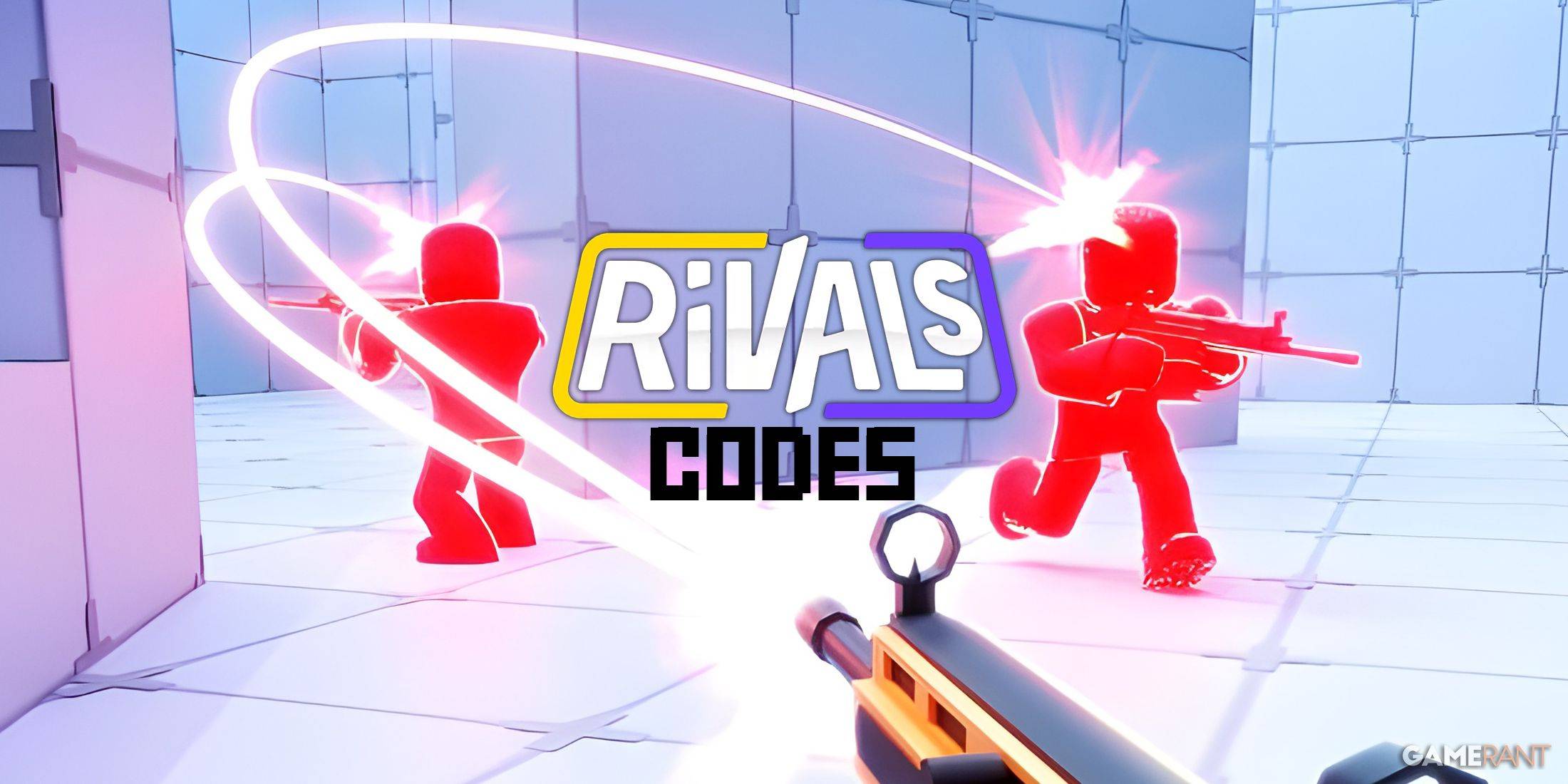
Roblox: RIVALS Codes (January 2025)
Jan 07,2025
-
9

Cyber Quest: Engage in Captivating Card Battles on Android
Dec 19,2024
-
10
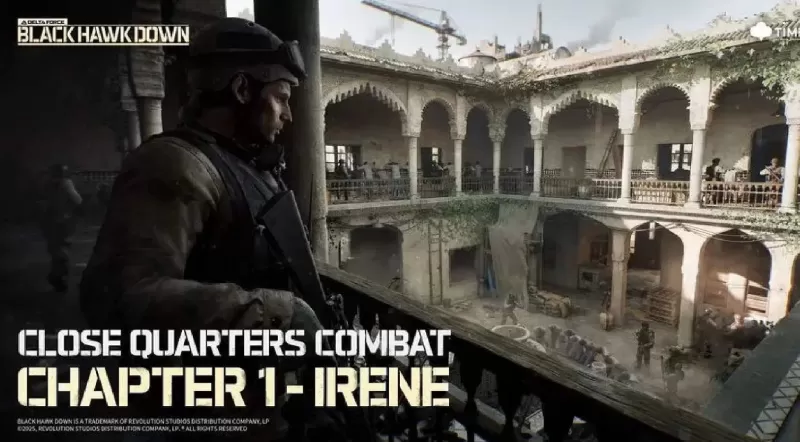
Delta Force: A Complete Guide to All Campaign Missions
Apr 09,2025
-
Download
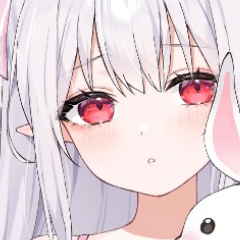
A Simple Life with My Unobtrusive Sister
Casual / 392.30M
Update: Mar 27,2025
-
Download
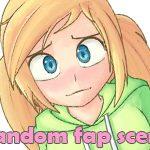
Random fap scene
Casual / 20.10M
Update: Dec 26,2024
-
Download
![Corrupting the Universe [v3.0]](https://imgs.ksjha.com/uploads/66/1719514653667db61d741e9.jpg)
Corrupting the Universe [v3.0]
Casual / 486.00M
Update: Dec 17,2024
-
4
Ben 10 A day with Gwen
-
5
Oniga Town of the Dead
-
6
A Wife And Mother
-
7
Cute Reapers in my Room Android
-
8
Permit Deny
-
9
Utouto Suyasuya
-
10
Roblox

